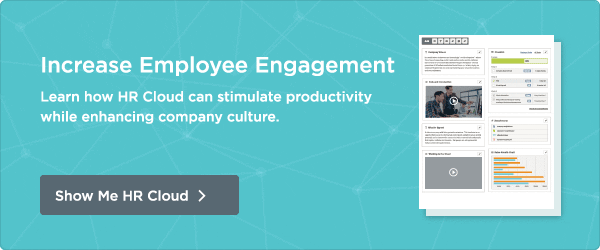3 Huge Benefits of Building Virtual “Water Coolers”

One of the aims of any well-planned onboarding program is ensuring that new hires forge connections with existing employees. This paves the way for effective working relationships. It also, in a very human way, reinforces the company culture, as current employees will demonstrate the values, beliefs, and behaviors embedded within the organization. Here’s how you can make sure employees develop lasting connections when they start their new job.
Some of these have been tried-and-true for decades like:
• Matching all new hires with a buddy,
• Planning scheduled lunches for the new hire, and
• Arranging visits with co-workers in other departments.
The Old (but still good) Way
One of the most effective programs I encountered was a “New Pal Program” for employees beginning a new job. A new hire was assigned a “pal” from another department who picked him up when onboarding activities ended on day one. The Pal was responsible for giving facility tours and making introductions.
Each Pal was required (officially at least) to stay in touch throughout the first several weeks of the new hire’s tenure. They’d go to lunch or grab a cup of coffee together. The Pal was the new hire’s designated go-to-person for general questions and information. If the Pal didn’t know the answer, s/he knew who did. Needless to say, most people created bonds that lasted well beyond the initial “New Pal” relationship.
In With the New
In recent years, however, more employers have taken to using internal social networks and technologies to enable this sort of connecting. In many ways they’ve created what amounts to electronic water-coolers. They’ve built virtual gathering places and social hubs where employees can have conversations.
Tweet: They’ve built virtual gathering places where employees can have conversations @HRCloud
Initially many companies took this step so that employees could make easier and faster connections. Much to their delight, however, this connectivity has often resulted in
• increased collaboration,
• higher productivity,
• greater efficiencies, and
• enhanced innovation.
This all sounds well and good but what other benefits will you realize?
1. You’ll cultivate a sense of organizational belonging for employees. This is particularly beneficial if you have a large and/or geographically dispersed workforce. When employees share their stories or interact in a way that reinforces company values, you are constantly showcasing both your culture and your brand.
2. You’ll provide a platform for people to share work-related knowledge. For example, you can allow employees to connect to others within the organization who have tacit knowledge of a specific product or process. And while your staff members will often be looking for knowledge and know-how, they’re also often looking for know-who. Think how much time can be saved when employees can easily find out who knows something on a topic that’s of interest?
3. You’ll be able to recognize the personalities and accomplishments of your employees. When employees can personalize their profiles and share not just work-related information (job title, department) but also talk about their hobbies, interests and community affiliations, you’ll allow them to build personal—and human—connections. This can minimize the distance often felt by remote workers and even assist in breaking down departmental silos and barriers.
Promoting and building networks across boundaries and across organizational hierarchies can create community, reinforce company culture, and advance relationships. This is not about adding more work but working smarter.
And working smarter definitely takes it to the next level.

